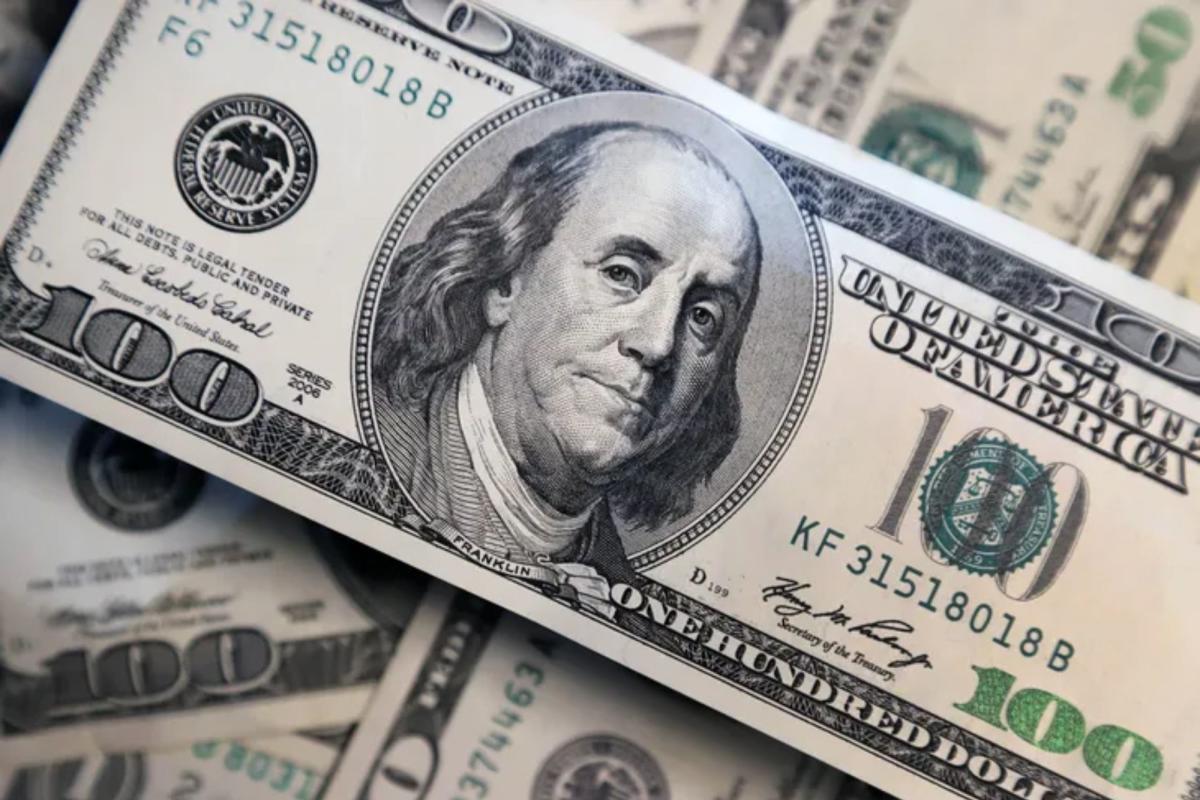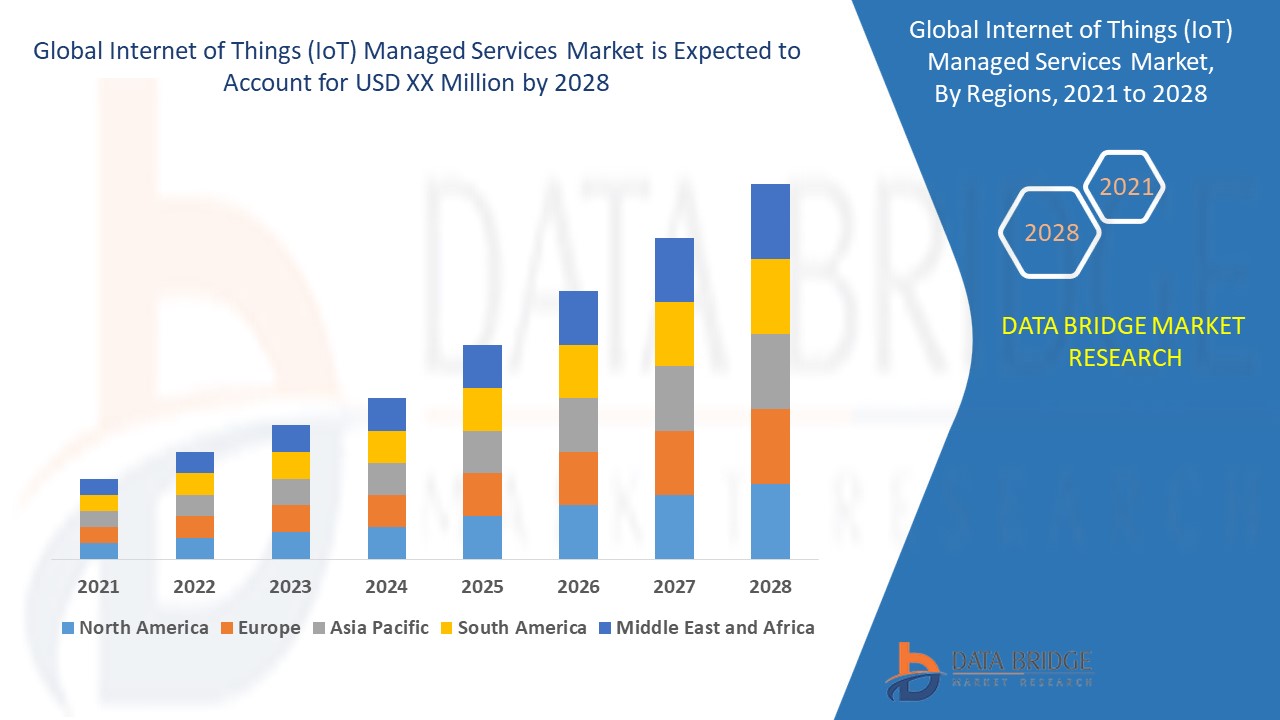Introduction To Dollar to PKR
In today’s globalized world, understanding currency exchange rates is crucial for businesses, travelers, investors, and individuals dealing with international trade. The exchange rates between the United States Dollar (USD) and the Pakistani Rupee (PKR), and the British Pound (GBP) and dollar to PKR, are some of the most watched currency pairings in Pakistan. These exchange rates have a direct impact on the country’s economy, trade, and inflation, as well as on the purchasing power of Pakistani consumers.
What is Currency Exchange?
Currency exchange refers to the process of converting one currency into another. The value of one currency relative to another currency is determined by various factors, such as demand and supply, inflation rates, interest rates, political stability, and economic performance. The exchange rates fluctuate regularly based on these factors, influencing international trade, investments, and the cost of living for residents of different countries.
Dollar to PKR: A Significant Exchange Pair
The exchange rate between the United States Dollar (USD) and the Pakistani Rupee (PKR) is one of the most significant currency pairs for Pakistan. The US Dollar plays a crucial role in global trade, particularly in the oil market, where transactions are predominantly carried out in dollars. The value of the PKR against the dollar has seen considerable fluctuations over the years, often driven by Pakistan’s economic performance, fiscal policies, inflation, and political factors.
Factors Influencing the Dollar to PKR Exchange Rate
-
Inflation: High inflation in Pakistan relative to the United States can lead to a depreciation of the Pakistani Rupee. As the value of PKR falls, it becomes more expensive for Pakistanis to import goods, especially those priced in USD.
-
Interest Rates: The interest rates set by Pakistan’s central bank, the State Bank of Pakistan (SBP), influence the value of the PKR. Higher interest rates tend to attract foreign investment, which increases demand for the Pakistani Rupee, potentially strengthening it against the dollar.
-
Foreign Reserves: The amount of foreign currency reserves held by Pakistan’s central bank is crucial. A depletion in foreign reserves can lead to a depreciation of the PKR as it impacts the country’s ability to meet its foreign debt obligations and import essential goods.
-
Trade Deficits: Pakistan has historically faced trade deficits, meaning it imports more than it exports. This increases the demand for foreign currencies like the dollar, putting pressure on the value of the PKR.
-
Political and Economic Stability: Political instability, corruption, and poor governance have historically led to a decrease in investor confidence in Pakistan. This results in lower demand for the PKR and a rise in the value of the USD in relation to the Rupee.
-
Global Economic Conditions: Global events, such as economic slowdowns, geopolitical tensions, and fluctuations in the price of crude oil, also have an impact on the Dollar to PKR exchange rate. For instance, when oil prices rise, countries like Pakistan, which rely heavily on oil imports, experience higher demand for USD, leading to a depreciation of the PKR.
Trends in Dollar to PKR Exchange Rate
Over the past few decades, the exchange rate between the Dollar and the Rupee has witnessed significant changes. The Pakistani Rupee has generally depreciated against the US Dollar, particularly in the last decade. The gradual decline of the PKR against the dollar has contributed to rising inflation and increased the cost of living for ordinary Pakistanis.
For instance, in the early 2000s, the exchange rate was around 60 PKR to 1 USD. However, by 2020, the exchange rate had crossed 160 PKR to 1 USD. This depreciation has had significant ramifications for the economy, especially in terms of import costs, foreign debt servicing, and inflation.
Pound to PKR: A Key Indicator for Pakistani Consumers
Another important exchange rate for Pakistanis is the British Pound (GBP) to Pakistani Rupee (PKR). The Pound has traditionally held a strong value relative to the Rupee, and its fluctuations play a significant role in the financial decisions of Pakistani individuals and businesses.
Factors Influencing the Pound to PKR Exchange Rate
Similar to the Dollar to PKR exchange rate, several factors influence the Pound to PKR exchange rate, including:
-
Economic Performance of the UK: The UK’s economic performance is crucial in determining the value of the British Pound. Strong economic growth in the UK generally leads to an appreciation of the Pound against the Rupee, whereas economic stagnation or recession can cause the Pound to weaken.
-
Inflation and Interest Rates in the UK: The Bank of England’s monetary policies, including interest rates, have a significant impact on the strength of the Pound. Higher interest rates in the UK can attract foreign investors, leading to a stronger Pound against the PKR.
-
Global Events: Global events, particularly those affecting the European Union and the UK, influence the Pound’s value. For instance, the Brexit referendum caused considerable fluctuations in the Pound, with it initially losing value before stabilizing. Similar events can lead to changes in the Pound to PKR exchange rate.
-
Pakistani Remittances from the UK: The UK is one of the largest sources of remittances for Pakistan. A stronger Pound means that Pakistani workers in the UK send more money home, providing a boost to Pakistan’s foreign exchange reserves. However, a weaker Pound can reduce the value of remittances in PKR.
Trends in Pound to PKR Exchange Rate
The Pound has generally maintained a higher value than the Dollar when compared to the Pakistani Rupee. In the past few years, the exchange rate of GBP to PKR has ranged from 200 PKR to 250 PKR for 1 British Pound. While it has fluctuated, the Pound’s strength relative to the Rupee remains significant, especially in the context of international trade and remittances.
The Impact of Exchange Rate Fluctuations on Pakistan
The fluctuations in both the Dollar to PKR and Pound to PKR exchange rates have widespread implications for the Pakistani economy. Some of the key impacts include:
-
Inflation: As the value of the Rupee falls against foreign currencies, particularly the USD and GBP, the cost of imports rises. This leads to higher prices for goods and services, contributing to inflation. Pakistanis, especially those with fixed incomes, experience a decrease in their purchasing power.
-
Debt Servicing: Pakistan’s foreign debt, which is denominated in foreign currencies like the USD, becomes more expensive when the PKR depreciates. This increases the burden of debt servicing and puts pressure on the country’s financial stability.
-
Imports and Exports: A weak PKR makes imports more expensive, which can be detrimental to businesses that rely on foreign raw materials and machinery. On the other hand, it can make Pakistani exports more competitive in the global market, as goods priced in PKR become cheaper for foreign buyers.
-
Cost of Living: As the value of the Rupee declines, the cost of living rises. The prices of everyday items, including food, fuel, and utilities, tend to increase. For many Pakistanis, this results in financial strain.
-
Investment Flows: Currency fluctuations also impact foreign direct investment (FDI). A weak PKR might deter foreign investors, as the returns on their investments may be lower when converted to their home currency.
Conclusion
Understanding the Dollar to PKR and Pound to PKR exchange rates is essential for navigating the global financial landscape, especially in countries like Pakistan where these currencies are commonly used for international trade and remittances. Exchange rate fluctuations have far-reaching effects on the economy, influencing inflation, foreign debt, import costs, and the overall financial health of the nation. For Pakistan, maintaining a stable exchange rate and improving its economic fundamentals are key to mitigating the adverse effects of currency devaluation and ensuring long-term economic stability.
In conclusion, monitoring and adapting to changes in the Dollar to PKR and Pound to PKR exchange rates is vital for businesses, consumers, and policymakers alike. Understanding these exchange rate trends will enable better decision-making and preparedness in dealing with economic challenges.
Excerpt: Understanding the Dollar to PKR and Pound to PKR exchange rates is crucial for those in Pakistan engaged in trade, investment, or travel. These rates significantly impact inflation, cost of imports, and the purchasing power of the Pakistani Rupee. By monitoring these trends, businesses and individuals can better navigate the economic landscape in Pakistan.



